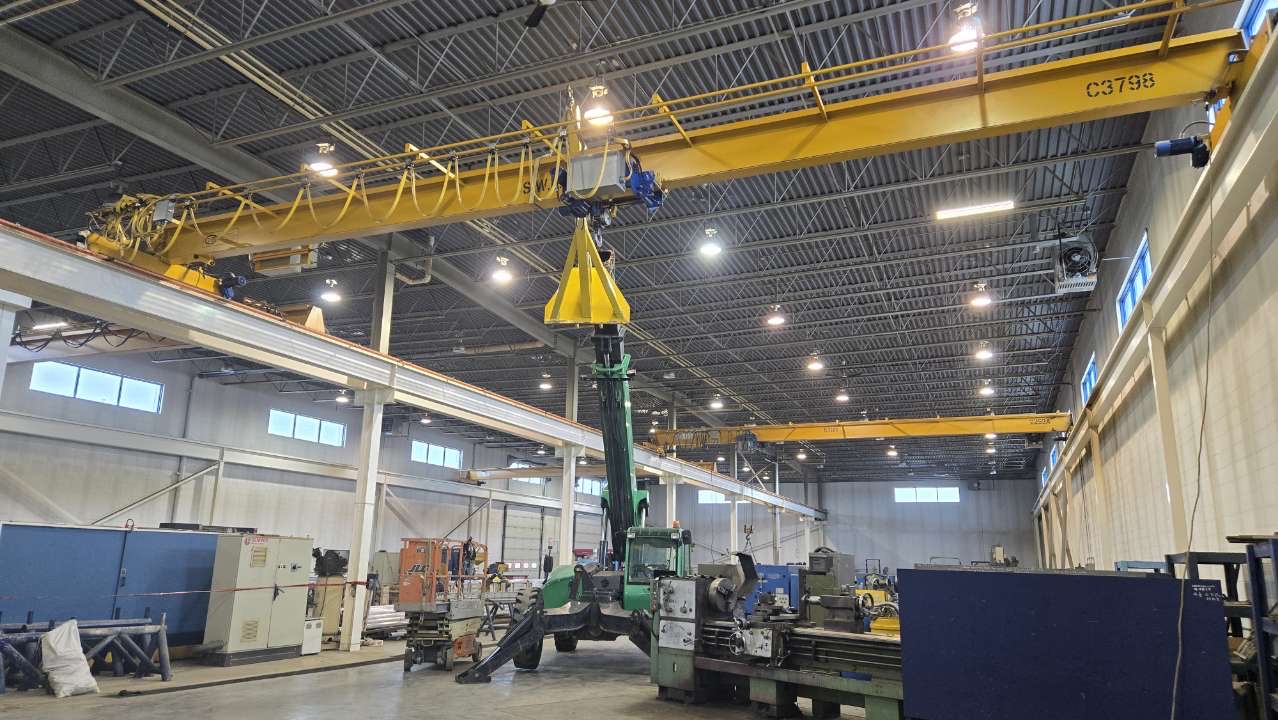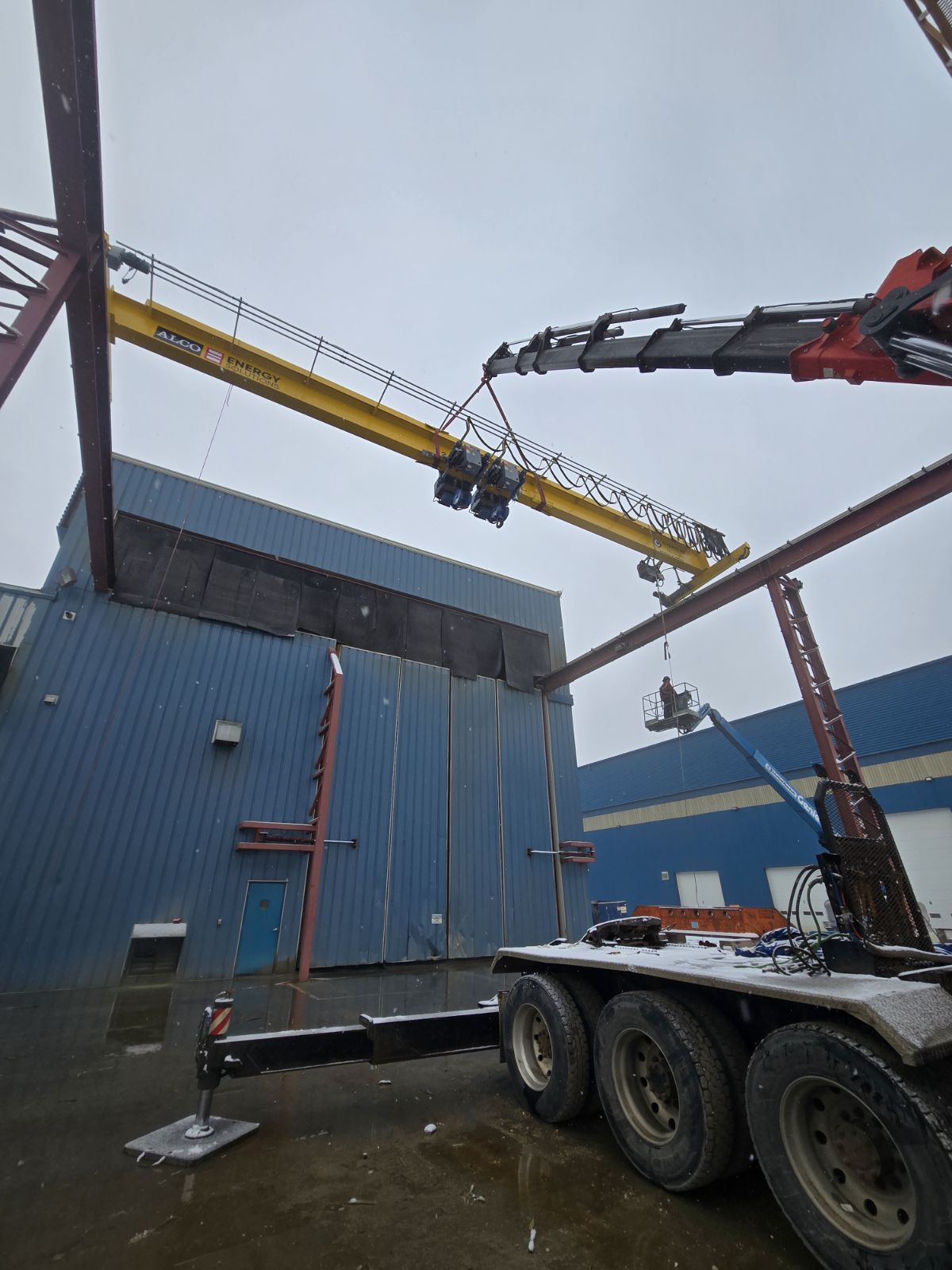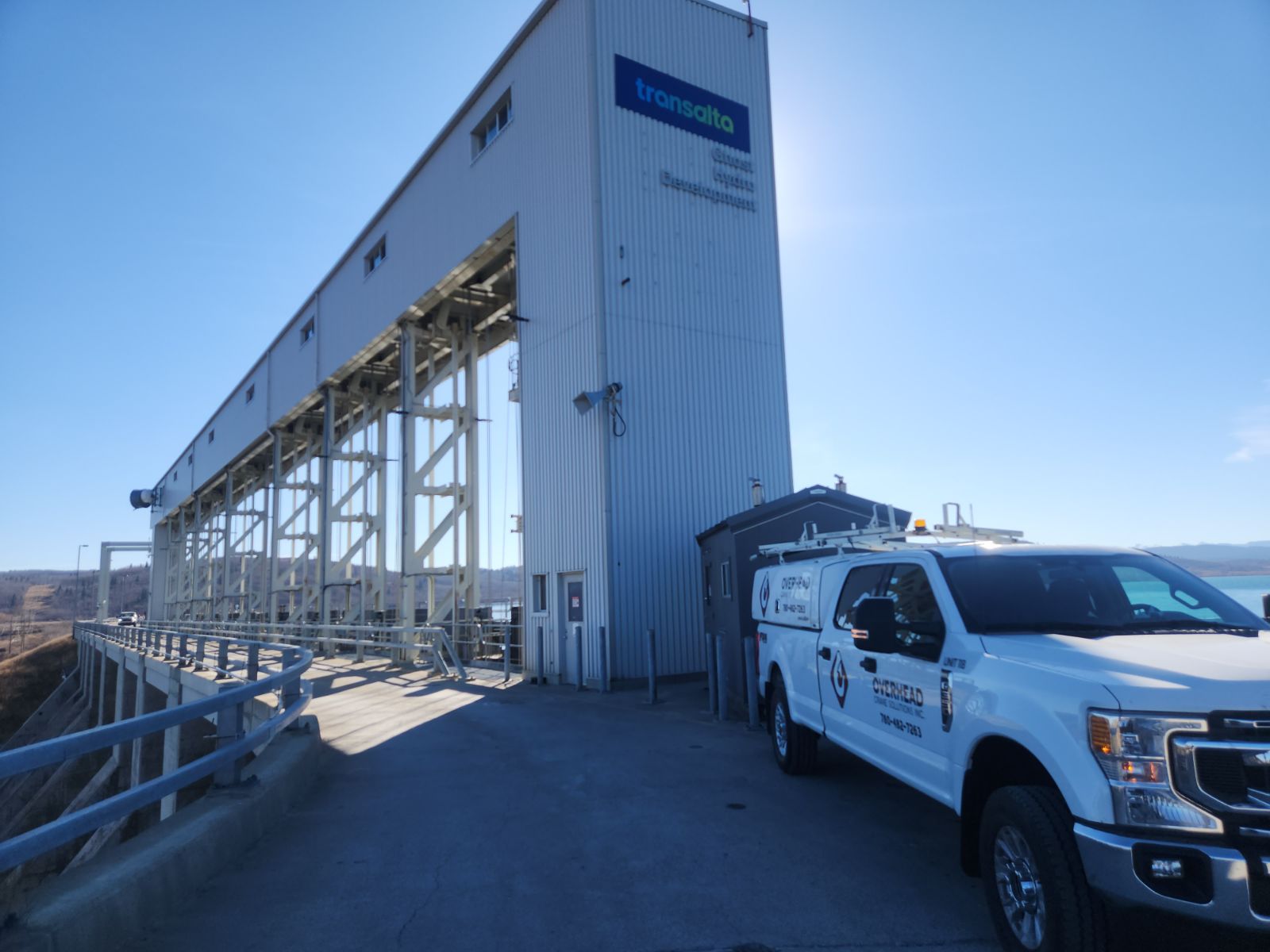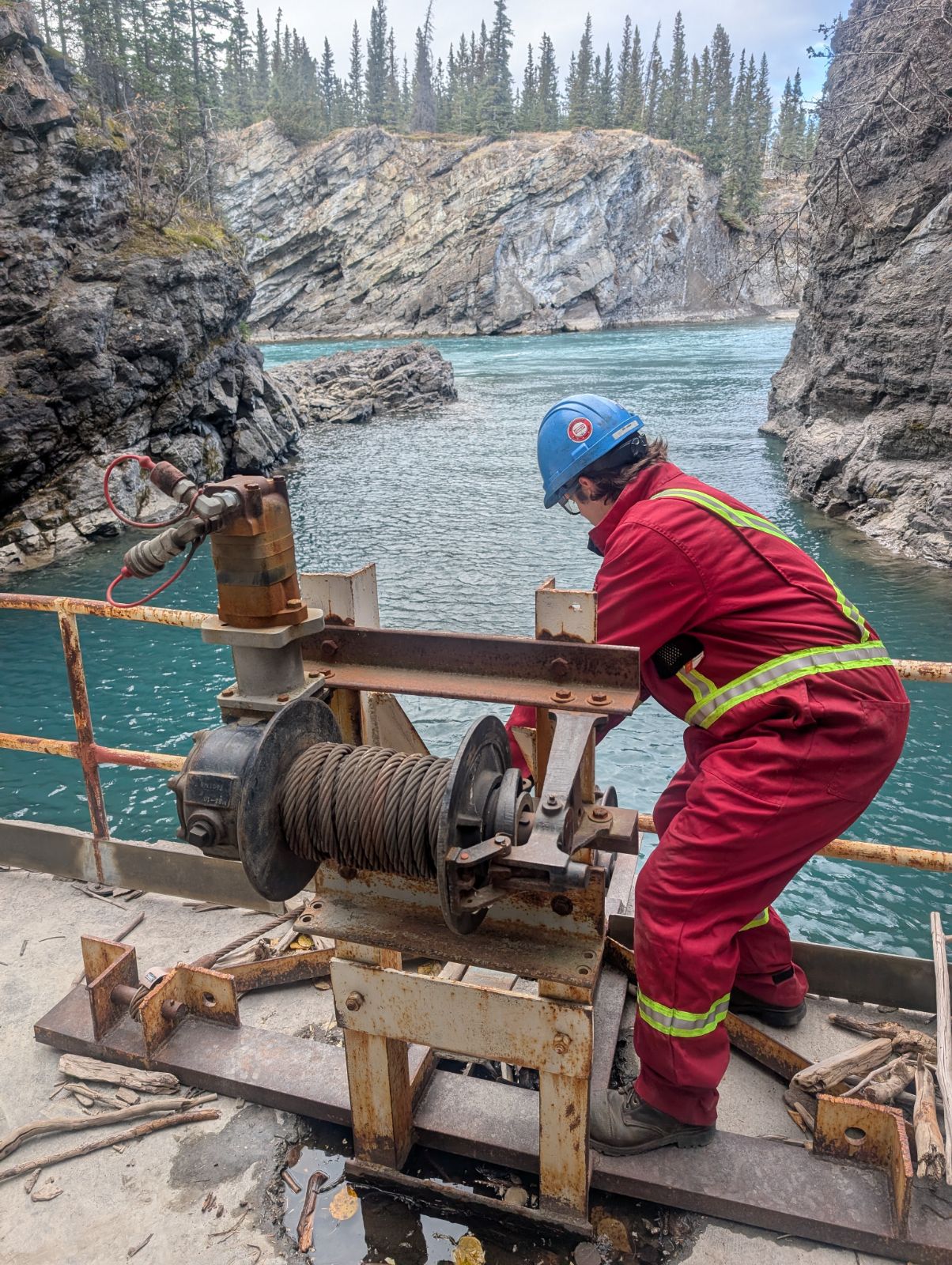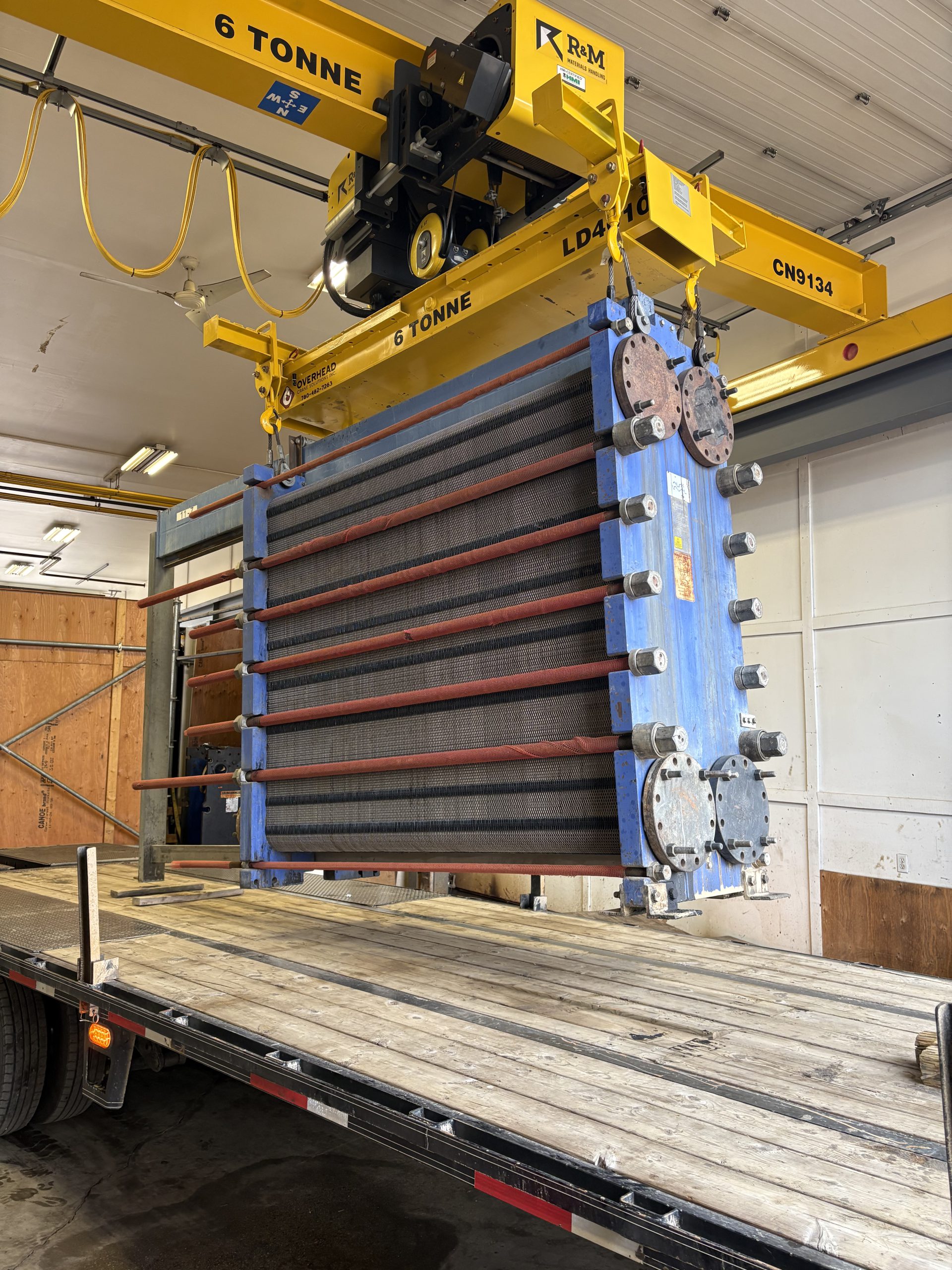When people think about safety hazards in the crane industry, they often picture heavy loads, electrical risks, or faulty equipment. But one of the most dangerous—and overlooked—hazards is invisible: complacency.
What is Complacency in Safety?
Complacency happens when workers become so familiar with a task that they stop paying close attention. The job feels “routine,” so risks seem less real. Over time, small shortcuts feel harmless, and safety rules start to look like suggestions instead of necessities.
In crane operations, complacency can show up as:
-
Skipping daily equipment checks because “the crane ran fine yesterday.”
-
Walking under a suspended load just this once.
-
Ignoring a minor unusual sound or vibration.
-
Failing to double-check rigging before a lift.
These moments might not cause an incident immediately—but complacency builds layers of risk until something goes wrong.
Why Does It Happen?
Complacency is rooted in human psychology.
-
Habituation: The brain gets used to repeated situations and stops treating them as high risk.
-
Overconfidence: Experience makes workers feel “it won’t happen to me.”
-
Production Pressure: Tight deadlines can make safety feel like an obstacle instead of a priority.
Understanding these patterns is key to building stronger safety habits.
Real Risks of Complacency
The danger with complacency is that it doesn’t show up on a safety inspection checklist—it lives in daily behaviors. For crane operators and crews, the risks can include:
-
Increased near-misses that go unreported.
-
Delayed response to unusual conditions.
-
Higher probability of human error leading to equipment failure or injury.
In our industry, even a “small slip” can have major consequences.
How to Fight Complacency on the Job
Overcoming complacency isn’t about blaming workers—it’s about building awareness and culture. Here’s how:
-
Rotate Tasks Where Possible
Changing up routines helps keep the brain alert. -
Encourage Near-Miss Reporting
Near-misses are valuable lessons. Treat them as opportunities, not punishments. -
Micro Safety Talks
Short, 5-minute reminders at the start of a shift can bring hazards back to top of mind. -
Positive Reinforcement
Recognize when employees follow procedures correctly—it builds consistency. -
Lead by Example
Supervisors and senior techs set the tone. If they follow safety rules, others will too.
The Takeaway
Equipment and environments may create hazards—but it’s complacency that often opens the door for incidents. By recognizing the psychology behind it, crane operators and companies can strengthen their safety culture and reduce risks across the board.
At Overhead Crane Solutions, we know that awareness is the first step to prevention. Staying alert isn’t just about compliance—it’s about making sure every worker goes home safe at the end of the day.

